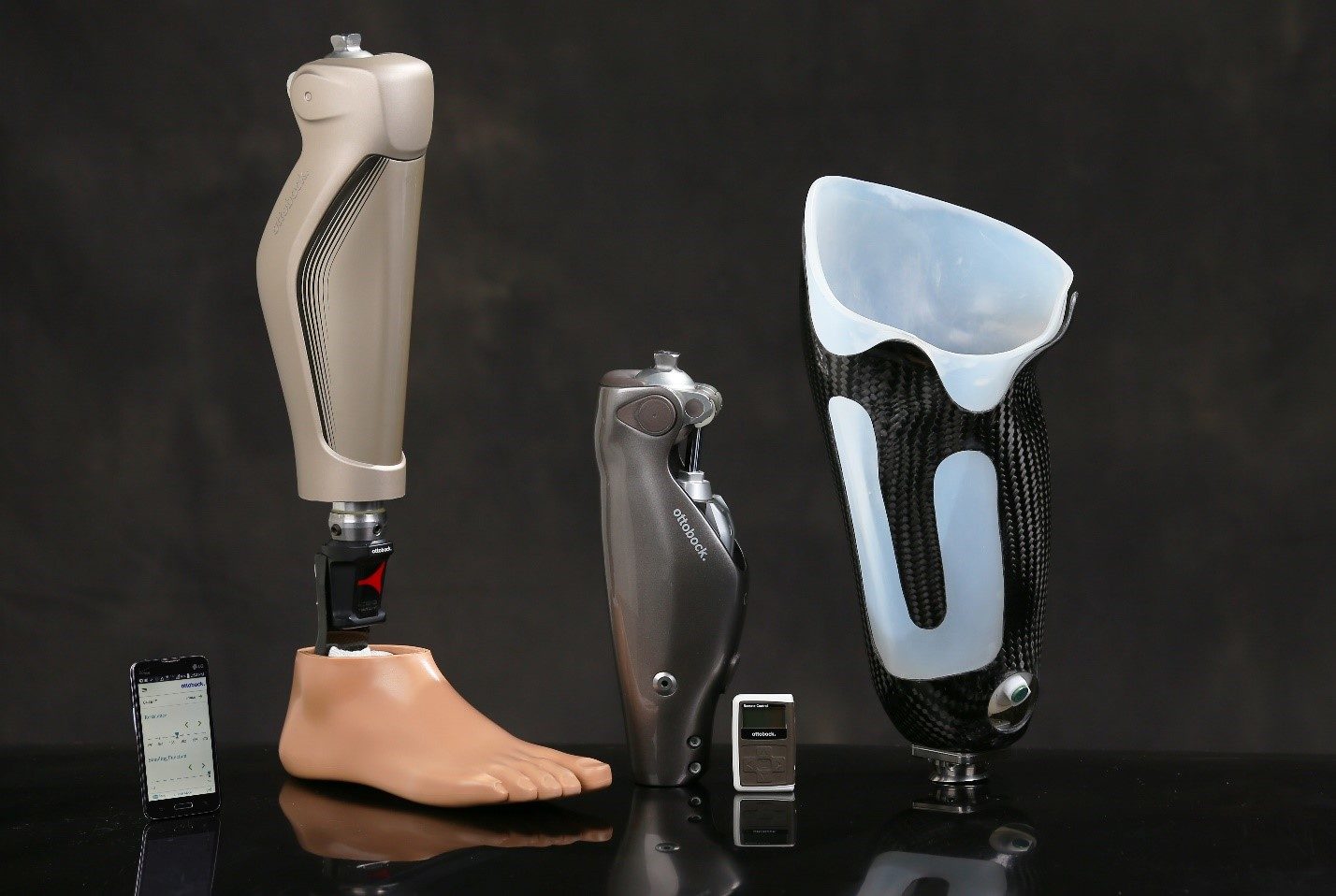Prosthetics is a technology that has been around for centuries, and its use has grown exponentially in recent years.
What once was only available to those who had lost limbs in battle is now used by people with various medical conditions.
This life-changing technology can help people regain their mobility and improve their quality of life. In this blog post, we will take a look at some fascinating facts about prosthetics. We will cover everything from what prosthetics are to how they can be helpful for the people who use them. So if you’re curious about this amazing technology, keep reading!
Prosthetics are artificial limbs that are used to replace a person’s missing limb. They can be made from a variety of materials, including metal, plastic, and silicone. Prosthetics can be custom-made to fit each individual’s unique body shape and size.
The history of prosthetics dates back to ancient Egypt, where wooden and metal prosthetics were used to replace missing limbs. In the 18th century, French surgeon Pierre-Joseph Desault developed the first modern prosthetic limb. This limb was made of leather and had a joint that allows for movement.
Prosthetics can be helpful for people with a variety of medical conditions. They can help people regain their mobility and independence. For example, people with amputations can use prosthetics to walk again. People with paralysis can use them to regain some level of mobility. And people with arthritis can use them to reduce pain and improve their quality of life. There are a variety of different types of prosthetics available, each designed for specific needs.
a) The most common type of prosthetic is the below-knee prosthetic. This type of prosthetic is worn by people who have lost a leg below the knee. It consists of a socket that fits over the residual limb, a pylon that extends from the socket to the foot, and a foot that is attached to the pylon. The below-knee prosthetic is a common type that is used by approximately 70% of amputees.
b) Another common type of prosthetic is the above-knee prosthetic. This type of prosthetic is worn by people who have lost a leg above the knee. It consists of a socket that fits over the residual limb, a thigh corset that helps support the weight of the prosthetic, and a knee joint that allows for movement.
c) There are also partial hand prosthetics available for people who have lost some or all of their fingers. These prosthetics can help people regain some level of grip and dexterity.
d) Other types of prosthetics include above-knee prosthetics, hip disarticulation prosthetics, leg amputation prosthetics, trans-radial amputation prosthetics, and shoulder disarticulation prosthetics.The process of being fitted for a prosthetic limb can take several months. First, an impression of the residual limb is made. This impression is used to create a model of the limb. Next, a plaster cast is made from the model. The plaster cast is used to create a positive mold of the limb. From this mold, the socket and pylon are created. Finally, the foot or hand is attached to the pylon and the prosthetic is complete!
The cost of a prosthetic limb depends on the type of limb and the materials used. However, many insurance companies will cover at least a portion of the cost. People require prosthetic limbs to live a normal life. The cost of a prosthetic limb can vary depending on the type of limb that is needed, as well as the materials used in its construction. Generally, though, the cost of a prosthetic limb falls between $2,000 and $10,000.
The success rate of prosthetics is very high. Most people who use them can regain their mobility and independence. Many people say that their prosthetic limbs feel just like their natural ones!
There are a few things to keep in mind if you’re considering using prosthetics. First, it’s important to find a reputable company that specializes in making them. Second, make sure to get fitted by a professional who knows what they’re doing. And finally, be prepared to put in the work required to learn how to use your new limb. It takes time and practice, but it’s well worth it!
If you’re interested in learning more about prosthetics, there are a few great resources available. The “we are OPC” is a great place to start. They have a wealth of information on their website, including a directory of prosthetic providers. The National Limb Loss Information Centre is another great resource. They offer support and information for people with limb loss and their families.
The prosthetics industry is constantly evolving. New materials and technologies are being developed all the time, which means that the future of prosthetics is looking very bright! Who knows what amazing things this life-changing technology will be capable of in the years to come? We hope you found these 11 facts about prosthetics interesting! If you know someone who might be interested in using them, be sure to share this article with them. And if you have any questions, feel free to leave them in the comments below. Thanks for reading!
a) Recent changes in the prosthetics industry include the development of lighter-weight materials and more realistic-looking limbs. These advances have made prosthetics more comfortable and functional than ever before. Additionally, new technologies are being developed that allow people with limb loss to control their prosthetics using their thoughts!
b) This mind-controlled technology is still in its early stages, but it shows a lot of promise for the future. Exciting times are ahead for the world of prosthetics! werewolf makeup kit prosthetics – cool prosthetics – Kenshi prosthetics – bionic arm prosthetics – myoelectric prosthetics – osseointegration prosthetics – blade runner 2049 prosthetics – leg amputation prosthetics -transracial amputation prosthetics.
c) According to a report by Grand View Research, the global artificial limbs market is expected to reach $11.48 billion by 2025. The demand for artificial limbs is increasing due to the rising number of limb amputations caused by diabetes, war injuries, and accidents. Additionally, the aging population contributes to the market’s growth as older adults are more likely to require artificial limbs due to age-related conditions such as osteoarthritis and rheumatoid arthritis.Prosthetics can significantly improve the quality of life for people with limb loss. Many users report feeling more confident and independent after getting their new limb.
a) It helps depressed patients with any body image issues and gives them back their confidence. It also helps the patient to move on with their life and do things they were unable to do before. Patients need to have a positive outlook toward their prosthetics because it will help them in their recovery process.The demand for artificial limbs is increasing due to the rising number of limb amputations caused by diabetes, war injuries, and accidents. Additionally, the aging population is also contributing to the growth of the market as older adults are more likely to require artificial limbs due to age-related conditions such as osteoarthritis and rheumatoid
The global artificial limbs market is expected to reach $11.48 billion by 2025, according to a report by Grand View Research. The demand for artificial limbs is increasing due to the rising number of limb amputations caused by diabetes, war injuries, and accidents.
Additionally, the aging population contributes to the market’s growth as older adults are more likely to require artificial limbs due to age-related conditions such as osteoarthritis and rheumatoid.
If you would like more information about our company,
Please check out our website,





